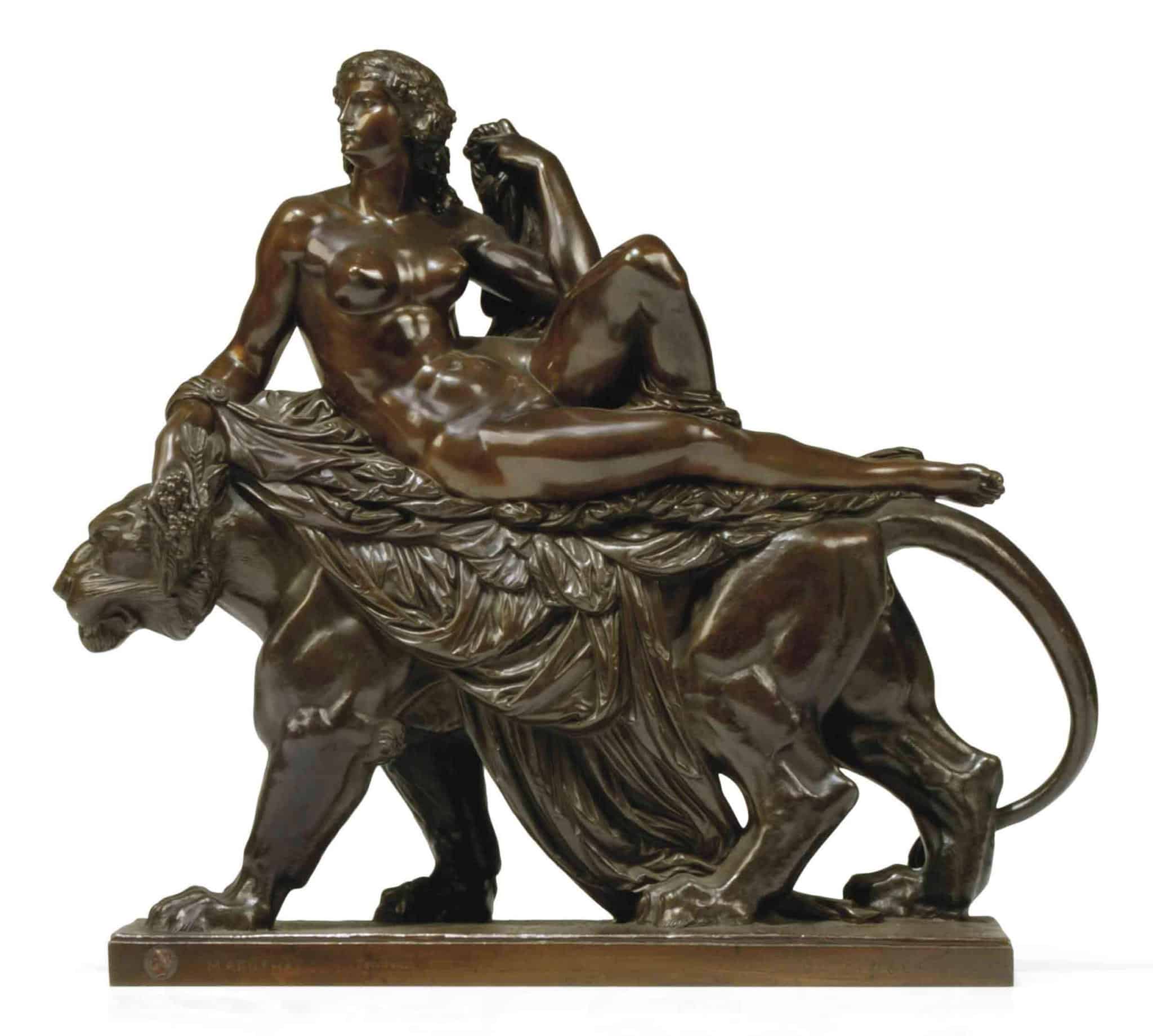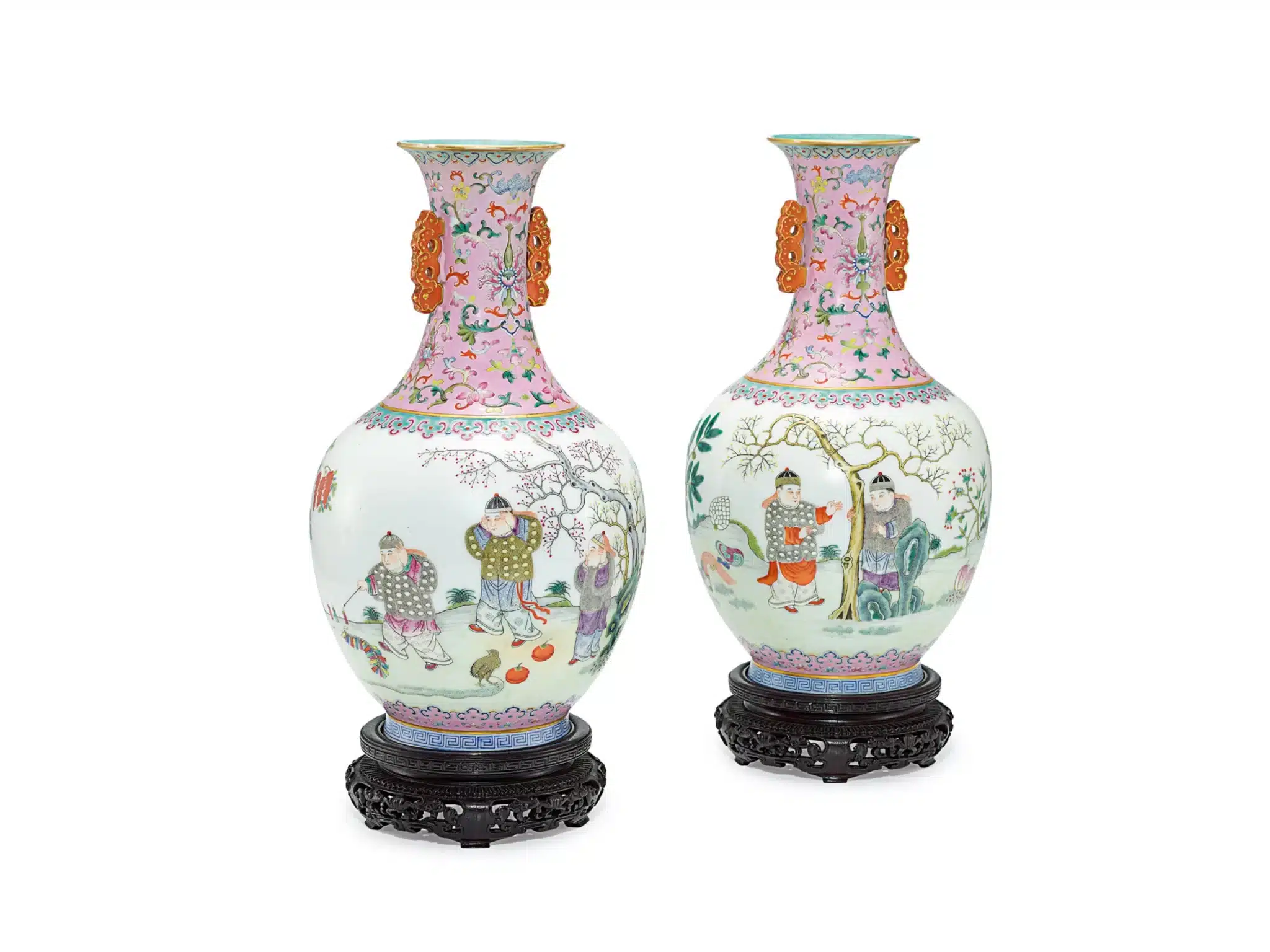
Things to know about European bronzes
European bronzes: Everything you should know about
When you think of sculptures, maybe marble or stone comes to mind. You often don’t think of bronze being used for sculptures. Bronze was favored by many European artists because of its moldability, its versatility, its rich coloring, and its ability to capture every fine detail.
What is a European Bronze Sculpture?
European bronze sculpture is sometimes just called “bronze” or “bronze sculpture.” It’s a three-dimensional piece of art that’s made out of molten bronze that’s formed into a mold before it solidifies.
There were various compositions of bronze in the past. The earliest European bronze sculptures were made out of arsenic and copper. Many ancient bronze sculptures were believed to be made from brass, an alloy of copper and zinc.
Bronze sculptures are usually made through a process called casting, which molten metal is formed into a mold before it solidifies. Casting is a unique technique in which it involves chiseling and carving the metal with marble or ceramics, but it achieves the same desired effects.
Why Did Artists Make Sculptures Out of Bronze?
Making something out of bronze meant that you made something that was high-quality. Marble may be nice to look at, but it’s hard to work with and is easy to break. Bronze is a sturdy material that’s easy to mold.
After molten bronze solidifies, it expands, allowing for every detail to be captured. As it cools, it will contract, allowing for easy removal of the mold.
Depending on how the mold is made, the lasting property of the bronze can be reused for other bronze sculptures. Artists prefer to use bronze because it can be reproduced and reconstructed into other works, unlike stone ones.
Bronze is highly regarded by artists because of its coloring. Over time, bronze develops a distinctive color and intensity for which it’s praised for. Bronze sculptures can also be used to make jewelry, furniture, clocks, and other items.
How Is European Bronze Sculpture Made?
Bronze sculptures can be made using a variety of techniques. All of these techniques use the basic principles of applying the molten bronze into a mold and allowing it to solidify before removing the mold.
Bronze molds are often made in workshops known as foundries in most parts of Europe. A founder is someone who makes a mold for bronze-casting. These foundries have varying techniques for casting such as “lost-wax” casting, centrifugal casting, and sand casting. The most popular form of making bronze sculptures is the “lost-wax” method.
Modern Bronze Sculpture
Modern bronze sculptures took place between 1840-1917 and begun with artist Auguste Rodin who he’s known for his artwork. It was Rodin’s artwork that influenced an entire era of modern bronze sculptures. Other sculptors decided to use bronze in their sculptures because of him.
Other notable artists in the 20th century include Alberto Giacometti, Henry Moore, and Jean Arp. These were the artists who were known for using bronze in their sculptures during that time.
Their surrealistic artwork and abstract pieces were a distinctive part of that time period. The modern era was a time when artists wanted to combine high art with low-brow art or fine art with decorative art.




